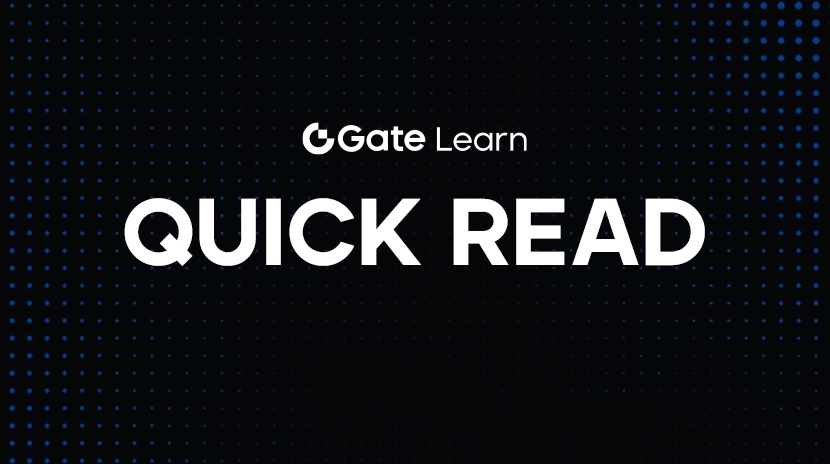如何使用信用卡购买比特币
引言
比特币诞生于2009年,由中本聪创造,其诞生背景是对传统金融体系的去中心化变革尝试。自诞生以来,比特币的去中心化、匿名性特质引发全球关注。早期比特币鲜有人问津,一枚比特币价格近乎零。但到2017年末,比特币价格疯涨,一度突破2万美元大关,引发投资狂潮。这吸引大量投资者,他们期望借比特币价格波动获取高额回报,如早期持有大量比特币的投资者,资产在几年内实现千倍甚至万倍增长。
信用卡由银行等金融机构发行,在全球广泛使用。在日常消费中,无论是线下商场购物,还是线上电商平台消费,信用卡都能快速完成支付。例如,在海外旅行时,可直接用信用卡支付酒店、餐饮费用,无需提前兑换大量外币。这种便捷性也延伸到特殊交易领域,用信用卡购买比特币的交易模式便由此产生,使投资者能快速将资金投入比特币市场。

图片来源:https://fintechnews.ch/blockchain_bitcoin/using-a-credit-card-to-buy-bitcoin-top-3-exchanges/21730/
比特币和信用卡概述
比特币是基于去中心化区块链技术的加密数字货币。区块链是一种分布式账本,由众多网络节点共同维护,所有交易记录公开透明且不可篡改。比特币通过 “挖矿” 产生,“挖矿” 需专业矿机解决复杂数学问题,本质是对网络节点贡献计算资源的奖励。用户交易时,只需知晓对方比特币地址,地址与真实身份无直接关联。但需注意,区块链上交易记录公开,专业人士可通过交易模式等分析部分用户身份信息。BTC总量设定为 2100 万个,随着挖矿难度增加,新比特币产出越来越慢,每四年挖矿奖励减半,目前挖矿奖励已从最初 50 枚降至 6.25 枚。

BTC现货交易地址:https://www.Gate.com/trade/BTC_USDT
持卡人向银行等发卡机构申请信用卡,发卡机构依据持卡人信用记录、收入水平等评估信用状况,给予相应信用额度。信用记录良好、收入稳定的持卡人,易获得较高额度。持卡人用信用卡支付时,发卡机构先垫付资金给商家。
使用信用卡支付方便快捷,无需携带大量现金,随时随地可支付,持卡人可通过银行 APP、账单等清晰查看每笔消费明细,便于管理个人财务。每月末,持卡人能依据消费记录分析支出结构,调整消费习惯。但是也有一定的风险,持卡人过度消费,如超出还款能力购买奢侈品,可能无法按时还款,影响个人信用记录。信用记录受损后,申请房贷、车贷可能被拒,或需支付更高利息。如有人因信用卡逾期,房贷利率比正常情况高 1 个百分点,贷款 30 年将多支付数十万元利息。
信用卡购买比特币的流程
(1)选择合适的交易平台
选择受监管、信誉良好的平台至关重要。受监管平台需遵守反洗钱、投资者保护等法规。Gate.com 在全球范围内积极获取合法运营牌照,严格遵循当地法律法规开展业务,在合规性方面表现出色,赢得了众多用户的信赖。
还需要考虑交易手续费,不同平台手续费差异大。如有的平台每笔交易收取 0.1% 手续费,有的高达 1%。交易界面友好度也重要,简洁易懂的界面便于操作。客户服务质量同样关键,遇到问题时,及时响应的客服能解决问题。
(2)注册与身份验证
在选定平台上填写个人信息注册账号,需提供真实姓名、邮箱、手机号码等。注册后,平台会发送验证邮件到邮箱,点击链接完成邮箱验证,确保账号安全。
为符合反洗钱等法规,平台要求用户身份验证。上传身份证照片时,确保照片清晰,五官、身份证信息完整。进行人脸识别时,按提示操作,确保识别成功。部分平台还可能要求提供地址证明,如水电费账单,证明用户居住地址。
(3)绑定信用卡
在交易平台支付设置中,准确填写信用卡卡号、有效期、CVV 码等信息。卡号一般为 16 位数字,有效期格式为 “月 / 年”,CVV 码是信用卡背面 3 位数字。填写错误可能导致绑定失败或支付风险。
平台通过发送验证码到预留手机验证信用卡真实性和持卡人身份。收到验证码后,及时在平台输入完成验证。有的平台还会进行小额扣款验证,如扣款 0.1 元,用户确认金额后完成验证。
(4)购买比特币
根据市场行情和个人投资计划确定购买数量和金额。关注比特币价格走势,可通过专业行情网站、交易平台查看实时价格。如个人投资计划是拿出闲置资金 10% 投资比特币,当比特币价格为 5 万美元时,计算可购买数量。

图片来源:https://www.Gate.com/buy-sell-crypto?method=card&fiat=USD&type=buy
在交易平台提交购买订单,确认交易细节,包括购买金额、手续费、预计到账时间等。确认无误后完成支付,等待比特币到账。一般情况下,几分钟到几小时内比特币会转入用户在平台的钱包。
风险提示
网上交易时,信用卡信息可能被黑客窃取。黑客通过技术手段攻击交易平台、设置钓鱼网站等获取信息。如某交易平台曾遭黑客攻击,部分用户信用卡信息泄露,导致盗刷。用户发现盗刷后,需及时联系银行冻结卡片、申请调查,过程繁琐,可能造成资金损失。
若比特币投资失败,投资者可能无法按时偿还信用卡欠款。信用卡欠款逾期会产生高额利息和滞纳金,还会影响个人信用记录。信用记录受损后,贷款、租房、购买保险等可能受限。如有人因信用卡逾期,租房时房东因信用问题拒绝出租。
综上所述,用信用卡购买比特币涉及比特币知识、信用卡支付流程、交易平台选择以及诸多风险和法律问题。投资者需要全面了解这些内容,谨慎决策。
相关文章
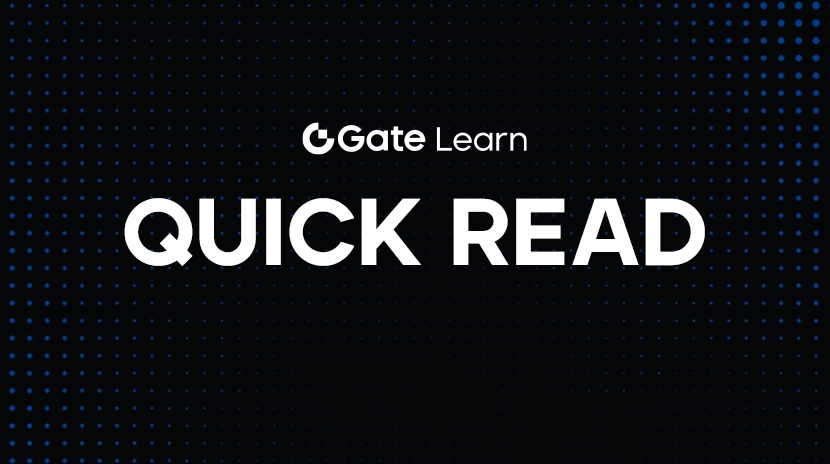
Gate BTC 挖矿:质押 BTC,轻松每日赚取链上收益
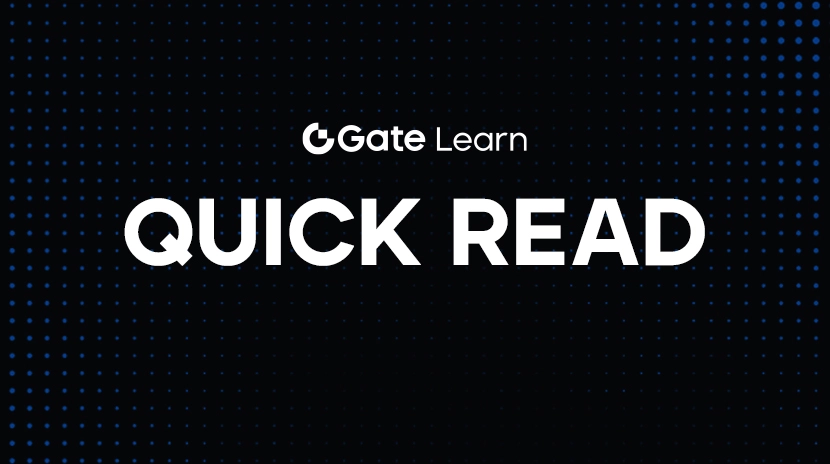

ETF 助力 Nasdaq Turns Positive in 2025:捕捉科技浪潮红利
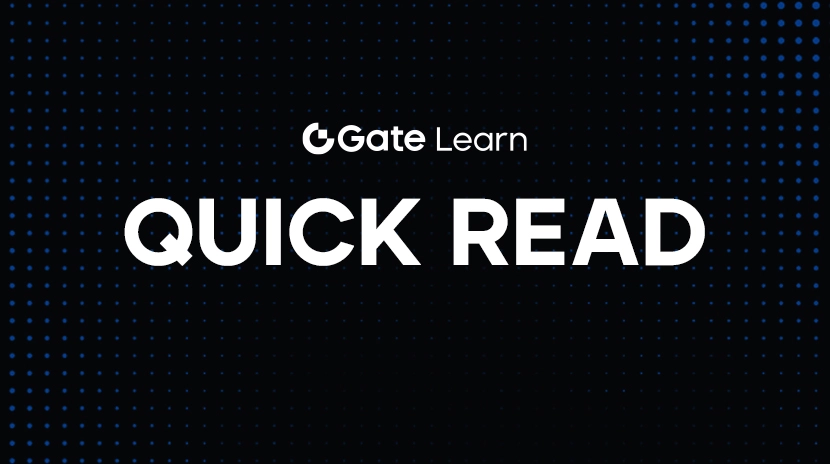
2025 年房屋税新政全面解析 — 政策变化与纳税人应对策略
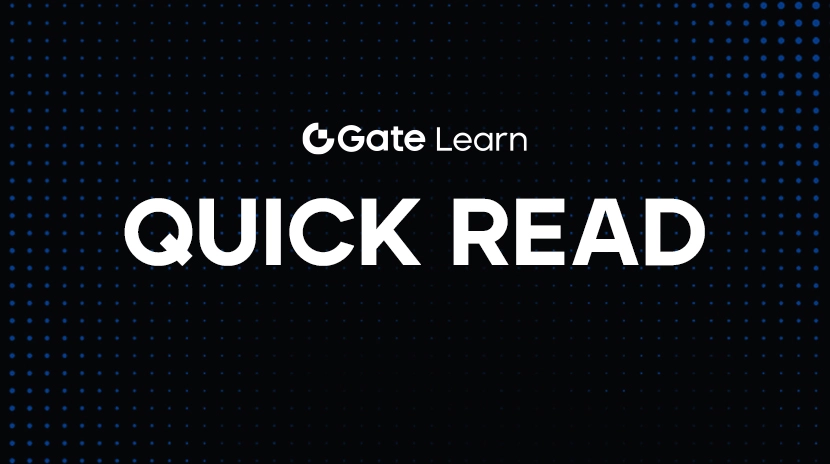
纳斯达克 100 指数最新动态与投资策略
